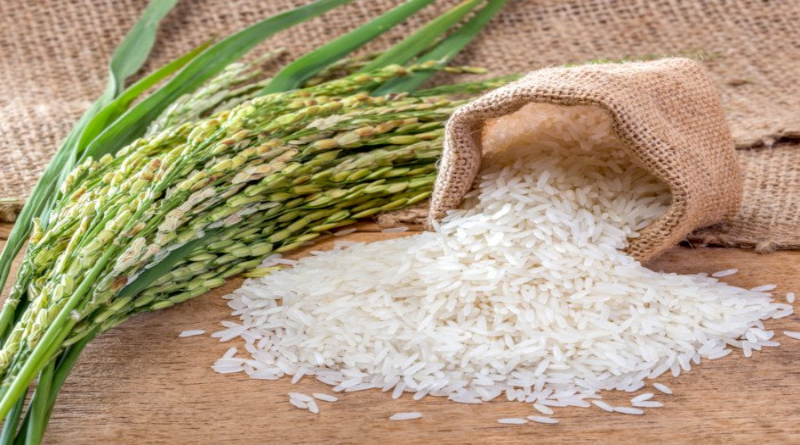“Globally, more than 750 million people currently suffer from chronic malnutrition,” says Herry Utomo, professor in the Rice Research Station at Louisiana State University’s AgCenter. For many of these individuals, he adds, rice is a staple food; however, access to meat and other sources of protein is limited by availability or cost. Spurred by the prospect of helping to alleviate a worldwide malnutrition problem, in 2017 Utomo and his team of researchers developed a high protein (10.6%) rice cultivar, Frontière. Seeking to increase the cultivar’s yield, the team recently introduced a new line with 11%–17% higher yields.
“The development of high-protein rice began first by inducing genetic changes that were obtained through mutational breeding,” explains Utomo. “This is a traditional breeding technique that has been practiced and used in many breeding programs.” The next step entailed a rigorous selection process to identify mutants with elevated levels of high protein content, followed by stability tests for the protein content, and repeated multi-location trials for evaluating other important agronomic traits. “Out of many candidates,” says Utomo, “we selected one high protein line with excellent grain characteristics, high yielding, and consistent performers across our target growing areas.”
Utomo believes his discovery will increase the versatility of rice and can be used as a new tool to develop more nutritious food or new formulations of more nutritious foods and food products. “It can also be used as a tool to expand our understanding of critical nutritional aspects that are important in food science and the food industry,” he points out. “For example, rice is one of the most important cereals that is naturally gluten-free, highly digestible, and hypoallergenic. With the gluten-free products market rapidly growing and projected to reach $6.8 billion by 2022, high protein rice provides a great opportunity to help the industry to meet the demand. Our last year’s data suggest that an increase in protein content has changed the rice’s baking quality in a favorable way. This is something new that allows rice to be used as a substitute for wheat flour to support the gluten-free baking industry.”
Although the high-protein cultivar is currently on the market under the trade name Cahokia Rice, Utomo believes there is value in further research. “The next phase of research is to increase the grain protein content to about 11.5%–12.5% (w/w), improve yield (~7,000 lb/A), and advance its baking quality. With these goals, we hope that the new generation of high protein will be more profitable to farmers to grow (higher yield) and more appealing to the industry (higher protein content), and . . . to the consumers who are looking for more nutritious products.”
Source: IFT









